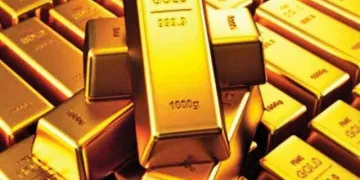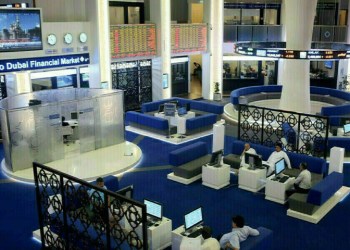The Thai government has launched a new “rubber city” in the southern province of Songkhla in a bid to boost rubber demand.
The project will also encourage investors to make downstream rubber products to add value to rubber and increase the commodity’s price, which continues to fall.
Prime Minister Gen Prayut Chan-o-cha, Deputy Prime Minister Somkid Jatusripitak and Industry Minister Atchaka Sibunruang visited a rubber industrial estate yesterday to pursue the project.
Falling rubber prices have forced rubber planters to stage sporadic protests in recent years, demanding a government price-support scheme.
Veerapong Chaiperm, governor of the Industrial Estate Authority of Thailand (IEAT), said further investments in the rubber city are designed to add value to products such as tyres, medical equipment and auto and aircraft parts.
He said two Chinese companies that had already invested in rubber-related industries in Rayong province had expressed interest in investing in the rubber city.
“Two companies that want to expand investment here chose Songkhla for a rubber city to build a new factory to produce compound rubber. This is expected to help raise demand for latex rubber,” Mr Veerapong said.
Rubber prices have sagged in recent years as the poor global economy cut vehicle and tyre sales, the two industries that together use more than 70% of total natural rubber production, resulting in plunging rubber demand.
The price of natural rubber has collapsed from a record high of 120 baht a kilogramme in 2011 to only 37 baht now, forcing the government to issue several measures to support prices. Thailand ranks as the world’s biggest rubber producer and exporter.
The rubber city will serve up to 70 companies wanting to invest in rubber-related industries, as the location is in the heart of Thailand’s rubber plantation area, Mr Veerapong said. The area produces 80% of the country’s annual rubber output of more than 3 million tonnes.
He said the rubber city was expected to be fully invested by 2021, when demand for latex rubber and rubber sheets was due to rise substantially. The rubber city will cost 8 billion baht.
The rubber city industrial estate is located in Hat Yai district, covering 2,284 rai of land. It is in the second phase, with the IEAT developing 775 rai of land after developing around 1,000 rai in the first phase.
The rubber city is expected to be part of the government’s special economic zones in which investors receive substantial privileges from the Board of Investment.


























